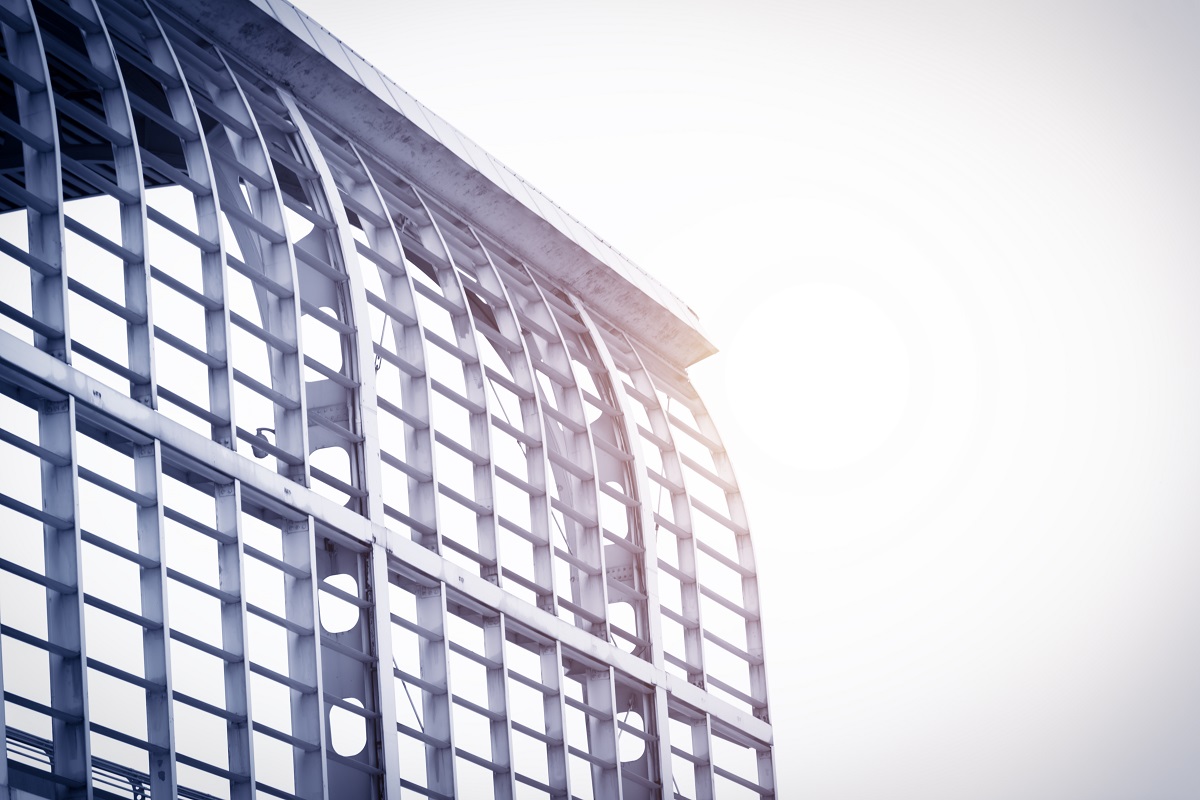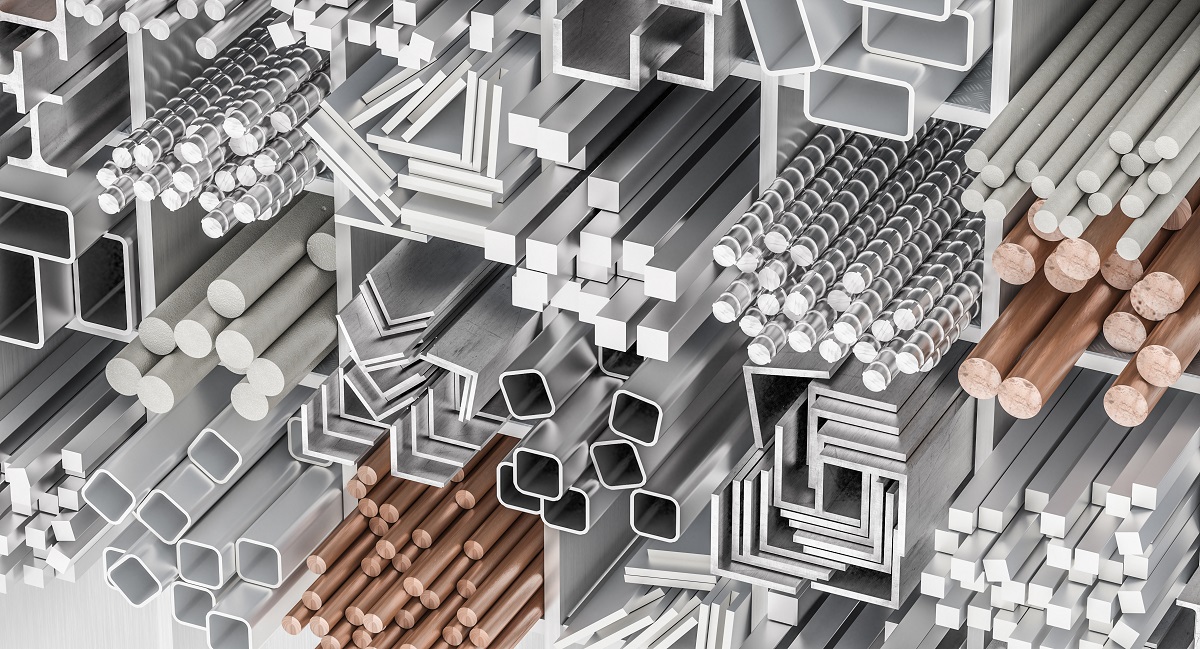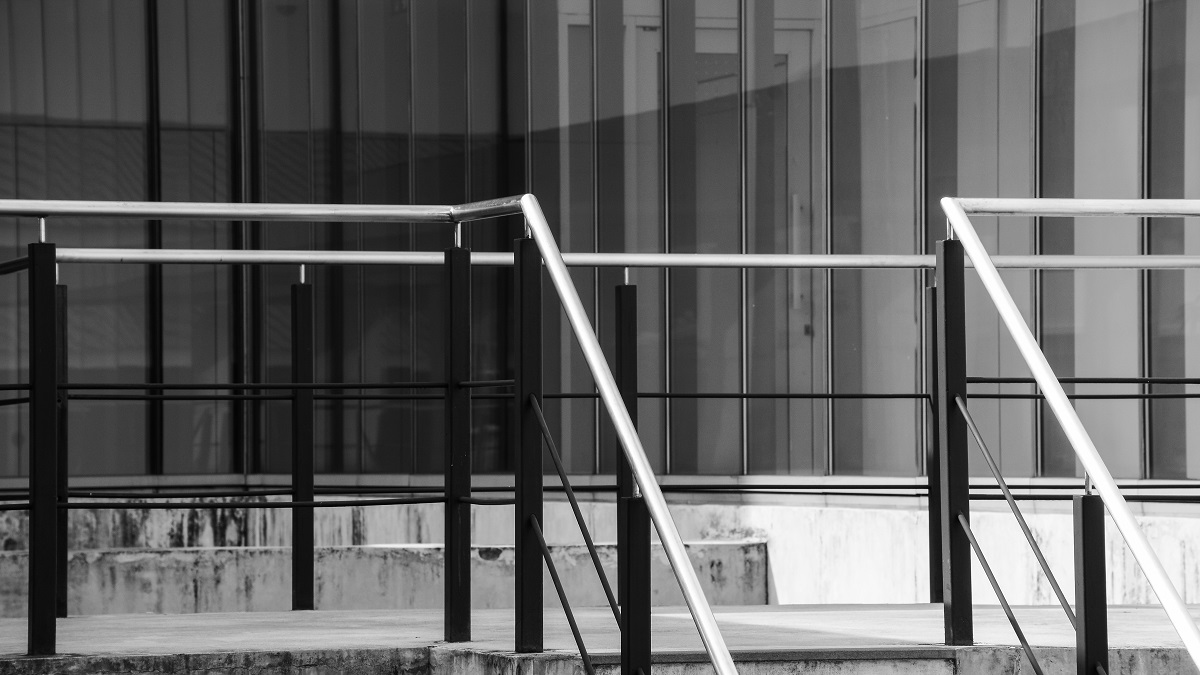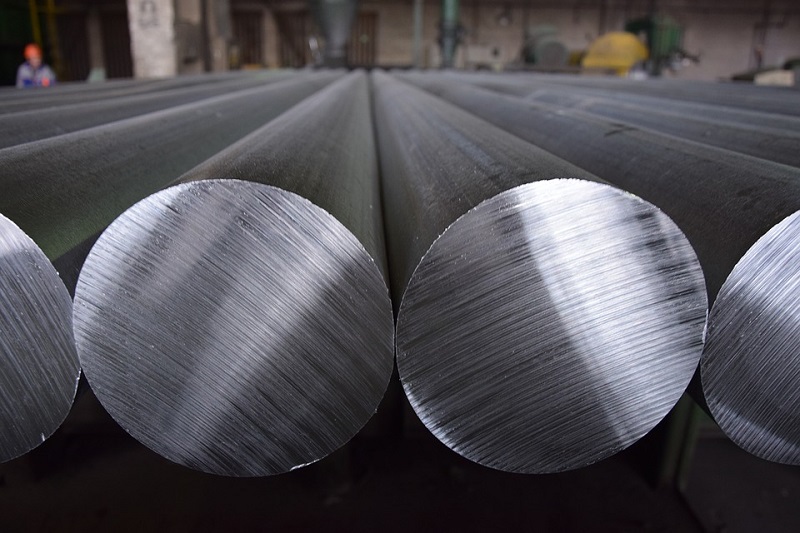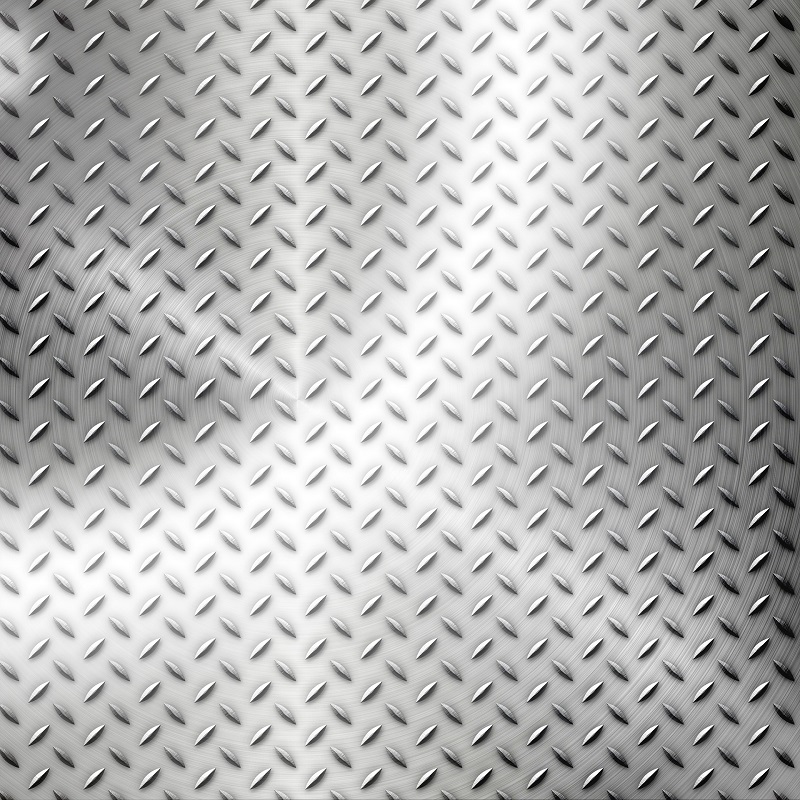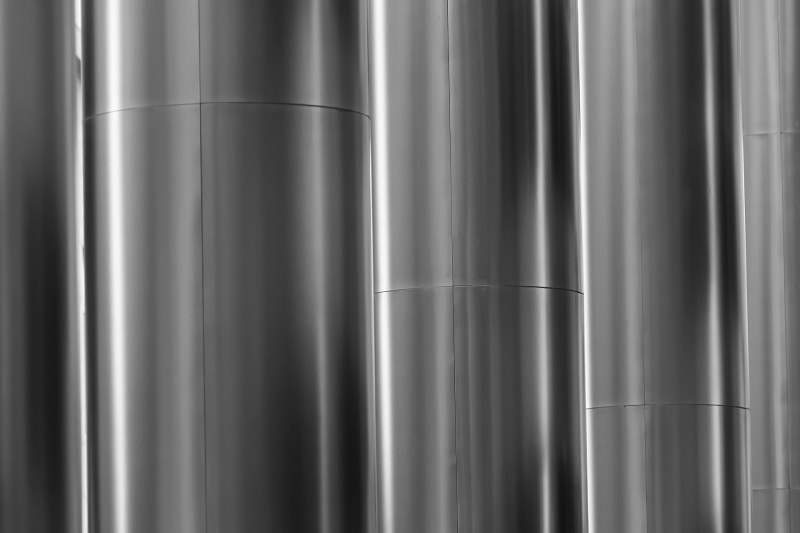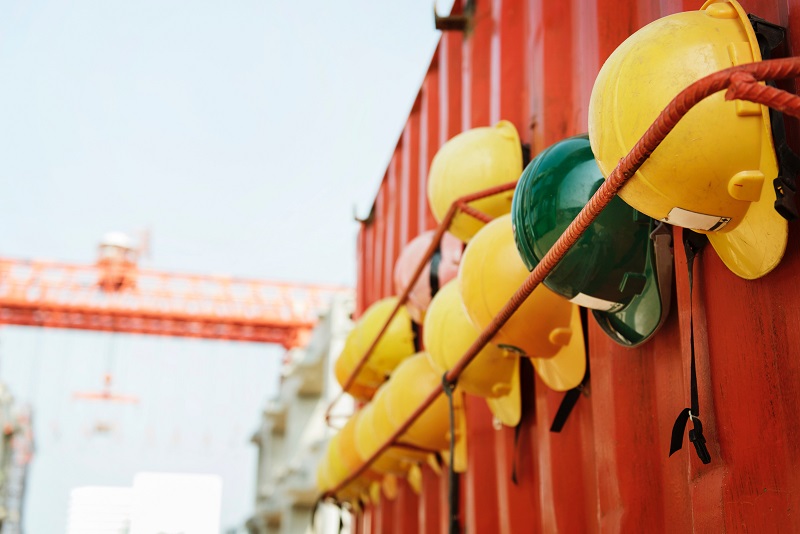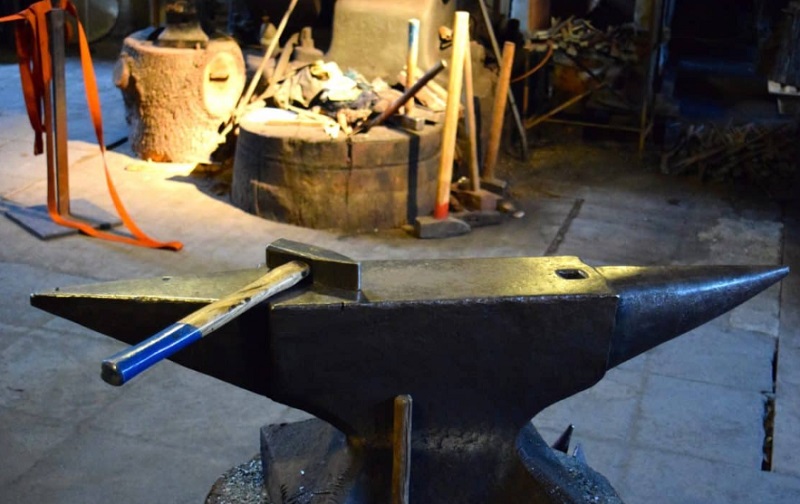What are some important information regarding aluminum’s strength?
- There are many classifications of strength
- Aluminum can still be one of the strongest materials on earth
- High-strength aluminum is everywhere
How strong is aluminum? This is a question that may or may not have popped up in your mind at some point. Perhaps the most common way you see it in your life is in the form of aluminum foil that you use for cooking and/or food storage. If you base your answer to the question on just aluminum foil, then you might not be getting the most accurate representation of aluminum’s strength.
Aluminum is actually stronger than one might think. Continue reading to learn more about it because it can potentially be helpful for you and your future production, manufacturing, or construction endeavors.
There are many classifications of strength

To understand the degrees of aluminum’s strength, you have to consider that there are many classifications that describe given metal’s strength and this can make it hard for people to evaluate how strong a metal truly is.
Here’s a short breakdown:
- Compressive strength – this measures how well a metal can resist being compressed or otherwise compacted.
- Impact strength – based on the name alone, this measures how much force a given metal can absorb from an object before shattering or breaking.
- Tensile strength – this measures how well a metal can resist being pulled apart
- Yield strength – finally, this measures the resistance of a metal to being bent or reshaped.
All these things can be measured through checking exactly how much pressure a metal can take before being compacted, broken/shattered, pulled apart, or bent. Another interesting thing to note here is that, when one metal excels at one kind of strength test, it tends to do poor or just average at a different kind of strength test.
Going back to aluminum, it probably will not come as a shock to you to find out that aluminum is not the best in class when compared to other metals like stainless steel or even regular steel when it comes to pure strength. Despite this, aluminum is not by any means considered to be ‘weak’ and is still one of the most used materials in the world, as you would come to read.
Aluminum can still be one of the strongest materials on earth
You would do well to know that ‘pure’ strength alone still doesn’t give you the most accurate picture of a given metal’s strength. Steel may be a stronger material under ideal conditions, but it tends to become brittle in cold temperatures. In contrast, aluminum isn’t bothered by changes in temperature, making it the more versatile material.
The ‘true’ strength of aluminum begins to show when you take its already decent tensile, impact, and compressive strength and factor in how malleable it is. In fact, the balance between aluminum’s malleability and strength is the reason why manufacturers prefer it over other materials — it can be shaped and formed according to specifications without losing strength or durability
Aside from that, aluminum’s shortcomings in pure strength can be remedied. This is done by combining pure aluminum with other elements like magnesium and silicon to form stronger alloys. Done properly, aluminum can be engineered to be equally strong if not stronger than some steel alloys.
High-strength aluminum is everywhere
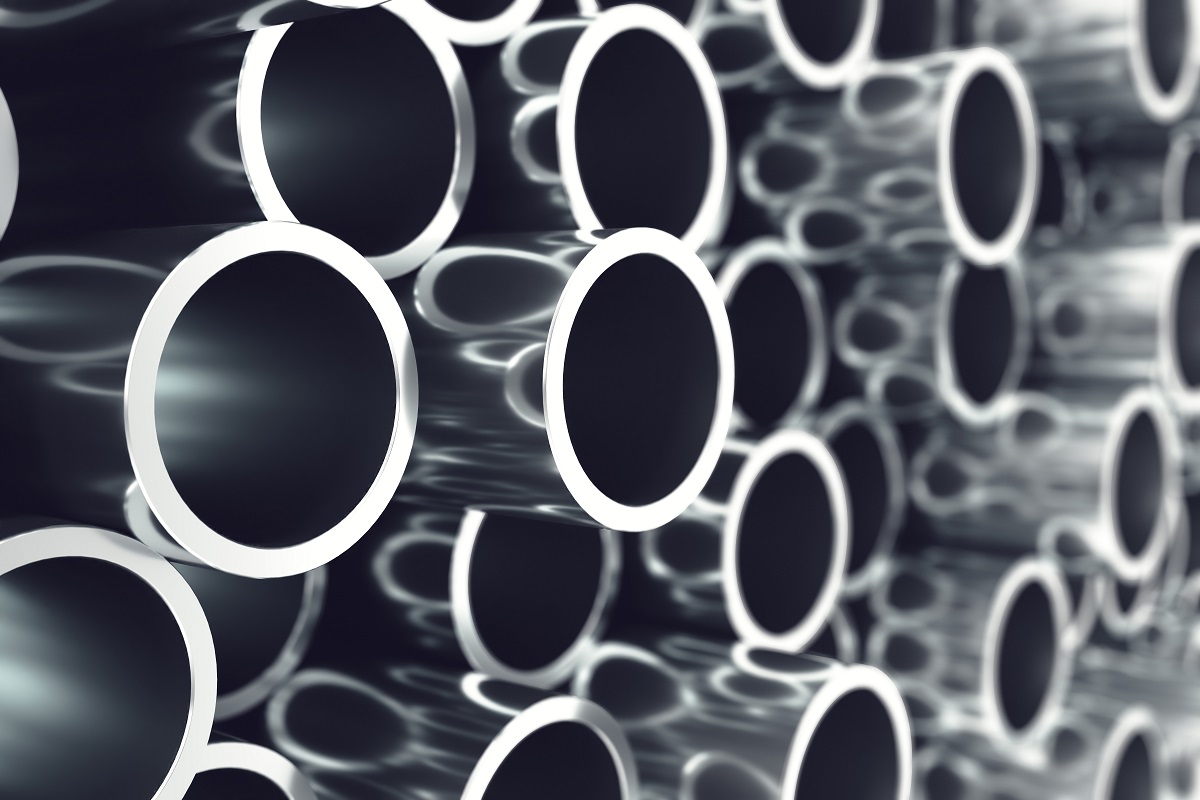
As a testament to aluminum’s strength, it can be found virtually everywhere you go, even in the very machines you use to get to places. It is the second-most used material by car manufacturers. Planes and spacecraft are also reliant on aluminum. Skyscrapers are able to be built taller than ever thanks to aluminum, and if it were weak, then that can never be possible.
Aluminum alloys are also strong enough to protect you from shark attacks as it is the metal of choice for underwater cages that allow divers to observe sharks up close.
Key Takeaway
To recap what’s been said above, aluminum is comparably weaker than the strongest metals, but still decent in its own right. It also has other properties (e.g. malleability and unreactive to temperature) that more than make up for a relative lack of pure strength. Aside from that, really high-strength aluminum can be created by making new alloys and is found in products, machines, and structures almost everywhere you go.
Make sure you remember all these things the next time you start wondering how strong aluminum is. For everything related to aluminum and other industrial materials, click here.
